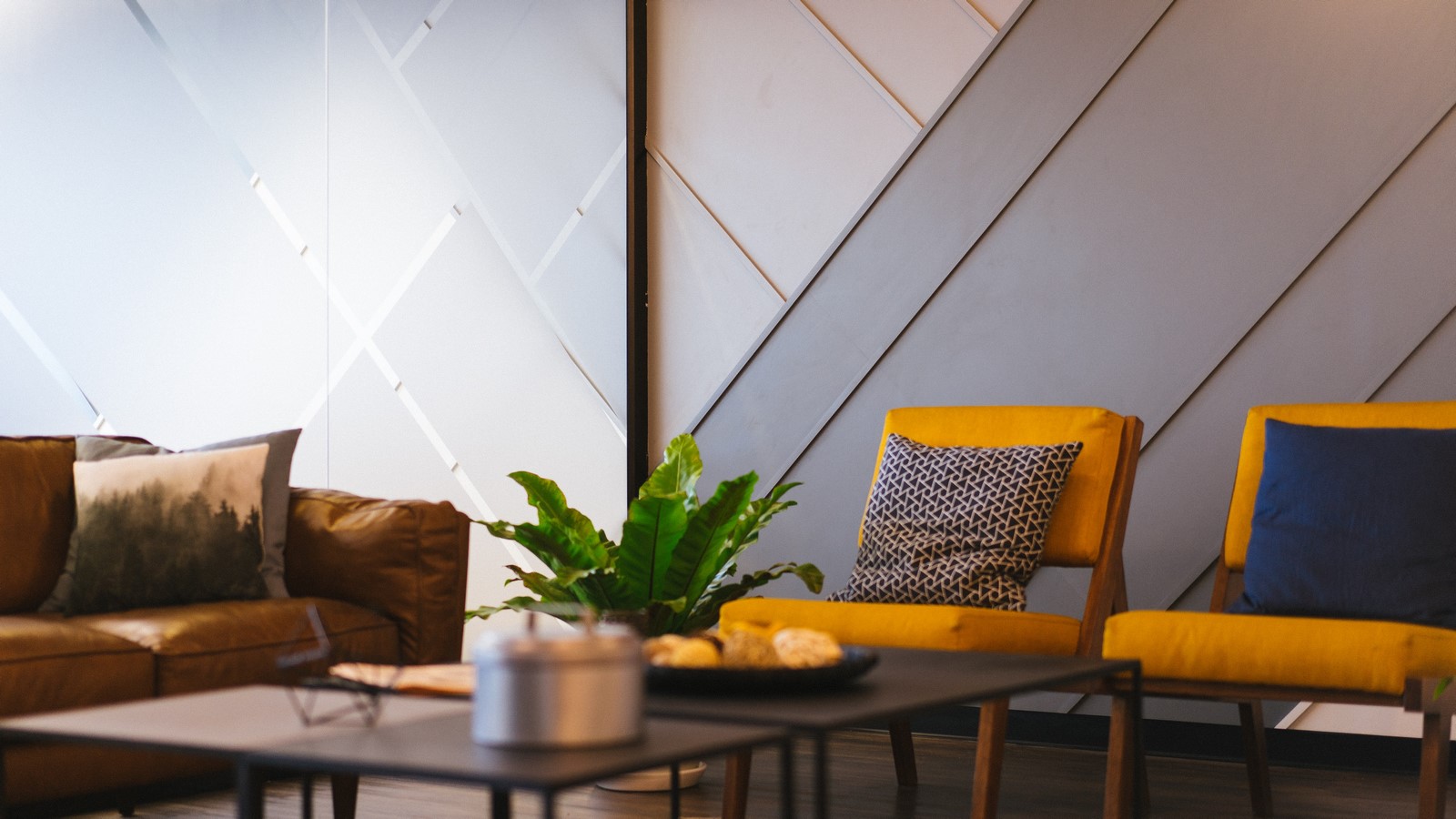Interior design projects are thrilling journeys into creativity and aesthetics, but they often come with the challenge of budget constraints. Effectively managing the budget is a skill that can make or break a project. With careful planning and strategic decisions, you can turn budget limitations into opportunities for innovation. Here are some budgeting secrets to ensure your interior design projects stay within financial bounds without compromising quality or style.
1. Define Clear Budget Goals
Start by clearly defining your budget constraints. Understand the total budget available and the specific breakdowns for different aspects of the project, such as furniture, fixtures, labor, and contingencies. Having a precise understanding of the budgetary limits sets the foundation for your planning.
2. Prioritize Must-Haves and Splurges
Identify the non-negotiable elements of the project – the must-haves. These could be specific materials, furniture pieces, or design features crucial to the project’s vision. Allocate a significant portion of the budget to these essentials. For splurges or luxurious items, allocate a smaller portion and be mindful of where these indulgences will have the most impact.
3. Research Extensively
Thorough research is your best friend when it comes to budget management. Explore various suppliers, contractors, and materials to find the best quality within your budget. Negotiate prices, consider bulk discounts, and be open to alternative, cost-effective solutions without compromising on aesthetics or quality.
4. Embrace Smart DIY and Upcycling
Get creative and explore do-it-yourself (DIY) projects and upcycling. Repurposing existing furniture or decor items can save a substantial amount of money. Additionally, tackling minor DIY tasks, such as painting or simple carpentry, can significantly reduce labor costs. Just ensure that the DIY projects align with the overall design theme and quality standards.
5. Be Mindful of Hidden Costs
Factor in all potential expenses, including taxes, permits, delivery charges, and unexpected contingencies. Hidden costs can quickly add up and blow your budget if not accounted for. A comprehensive budget should include a buffer for unforeseen expenses, allowing you to handle surprises without jeopardizing the project’s financial health.
6. Sustainable Choices for Long-Term Savings
Consider sustainable and eco-friendly materials. While they may have a slightly higher initial cost, they often pay off in the long run through energy efficiency and durability. Moreover, clients increasingly appreciate environmentally conscious choices, making them a wise investment in both budget and reputation.
7. Regular Budget Monitoring and Adjustments
Regularly monitor expenses against the budget. Track every purchase, payment, and transaction. If you notice any significant deviations, address them immediately. Adjust the budget allocation if necessary, ensuring that the remaining budget is distributed sensibly to cover all pending expenses.
8. Transparent Communication with Clients
Maintain open and transparent communication with your clients regarding the budget. Clearly explain the budget limitations and the reasoning behind specific choices. Manage their expectations effectively, helping them understand how their budget is being utilized to create the best possible outcome within the constraints.
Mastering the art of budgeting in interior design projects requires a blend of creativity, resourcefulness, and financial acumen. By adhering to these budgeting secrets, you can transform constraints into opportunities, delivering exceptional designs that not only meet but exceed client expectations, all within the defined budgetary limits.
Remember, a well-managed budget not only showcases your professionalism but also paves the way for future successful projects, establishing your reputation in the world of interior design.


YOUR COMMENT